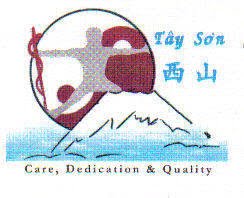Campbell University (North Carolina)
Campbell University, a private, Baptist university in North Carolina, is spending $60 million to develop a new medical school that will open at its Buies Creek campus in 2013. The school will use “savings, donations, loans, and other funds” to fund its project.[1]
Southeast Alabama Medical Center (Alabama)
The Southeast Alabama Medical Center is developing a private college of osteopathic medicine at the SAMC campus. According to the SAMC Web site, the $40 development cost “includes a $15 million operating budget funded by SAMC and $25 million construction costs financed through bond sales.[2]
Marian University (Indiana)
Marian University, a Catholic, liberal arts university in central Indiana, received a $30 million pledge from an anonymous donor in support of its planned college of osteopathic medicine. The college’s projected development cost is $75 million.[3]
University of California, San Francisco (California)
The University of California, San Francisco is planning to build a 183-bed children’s hospital that includes a pediatric emergency room and research facilities. The children’s hospital will be part of a $1.5 billion hospital system, scheduled to open in 2014, that will also include a cancer center and a women’s hospital. The university plans to raise $600 million through private donations. As of June 2010, Marc Benioff, the founder of salesforce.com, and his wife Lynne pledged $100 million. In addition, philanthropist Charles Feeney, founder of Duty Free Shoppers Group, pledged $125 million toward the project.[4]





